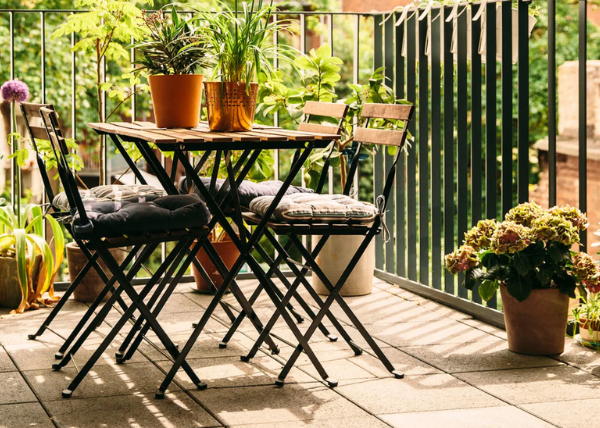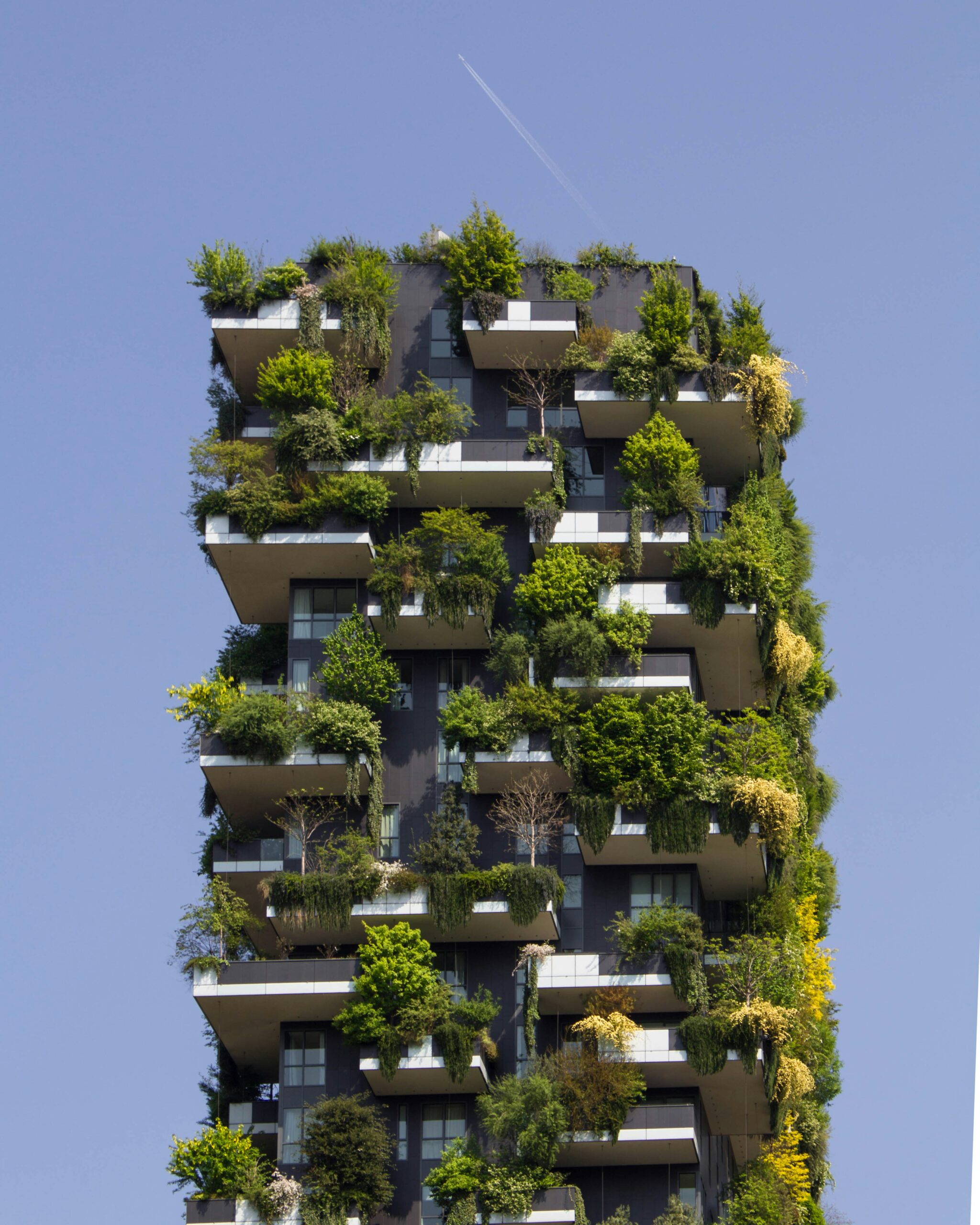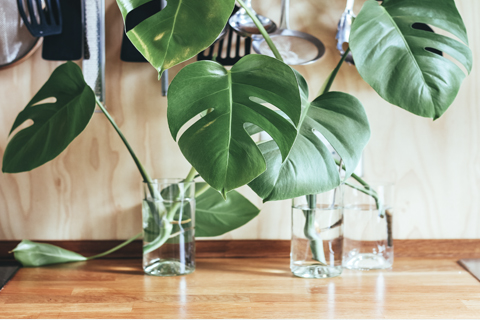A home consistent with your ecological values
Small changes with big impact.
Often, the choice of livelihood options more sustainable and ethics is not so much a lack of coherence as a lack of resources and practical information. To be able to live comfortably and sustainably is the dream of many people when they think about what their life would be like, and this also includes designing a home that is consistent with it.
To help you organise and understand all the information, we have designed a short guide to help you implement essential changes.
Air conditioning
You should consider all household appliances and how they are used, but especially heating and cooling systems. Heating and air conditioning represent a particularly sensitive area when it comes to guaranteeing an optimum level of comfort in any home. The problem arises when considering a project such as the one we are dealing with: making comfort and environmental comfort compatible with environmental sustainability. These are the three essential keys:
- An efficient air conditioner, for example, can save up to 65% more than a conventional air conditioner.
- The most suitable temperature is 20ºC. It should be taken into account that every degree less we set, we can increase the cost in the bill up to 7%.
- Keeping the air filters clean is essential for the correct functioning of our air appliance, but also for its consumption.
Illuminate your home
This step is simple and essential. There are now many options that can help you reduce your lighting costs. For example, if you replace all your bulbs with LED bulbs, you can reduce your consumption by 90% compared to halogen bulbs and 60% compared to fluorecent bulbs.
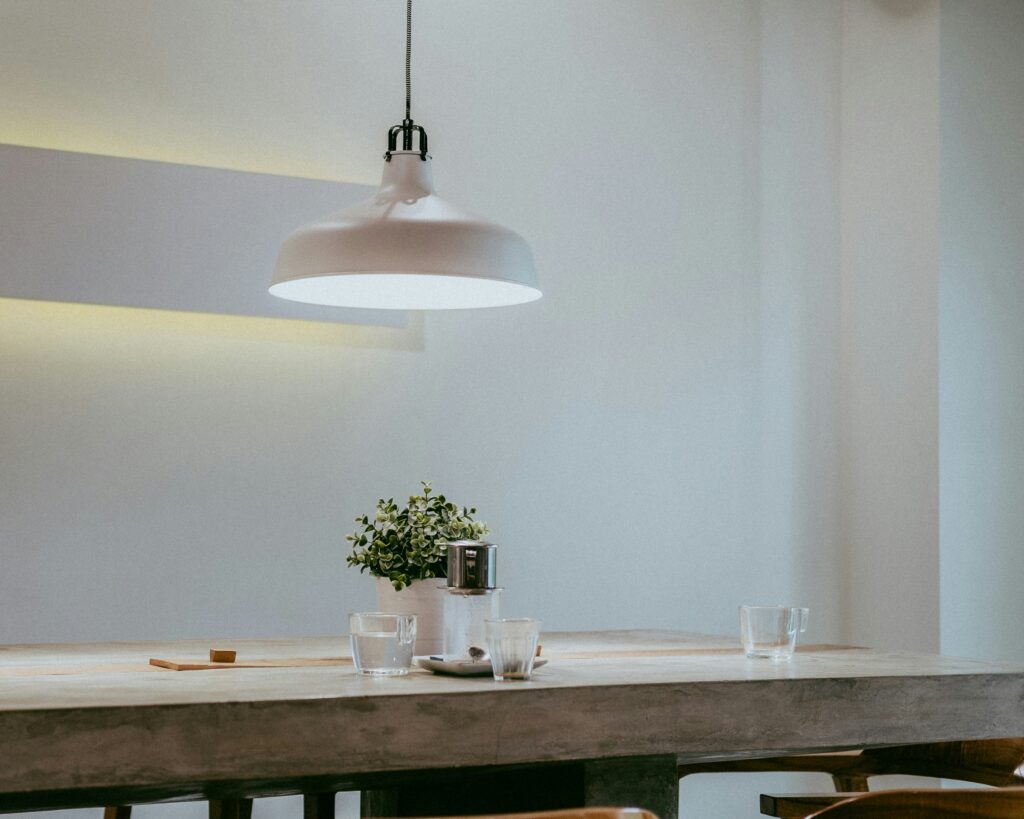
Isolation
Insulating our home from the outside temperature is extremely important when designing or adapting our sustainable homes to consume less energy. There are a wide variety of materials that can be used, ranging from the most effective ones such as expanded polyethylene and glass wool, to cheaper and no less efficient ones such as corrugated cardboard, straw bales or paper in the case of bio-constructions.
Each material has its own particularities, strengths and weaknesses, so we must place them strategically so that they last over time. But to help you simplify it a little, remember that the greatest heat loss occurs in doors and windows, so invest in insulating doors and windows. Even if it means a higher initial cost, it will mean future savings and a responsible ecological commitment.
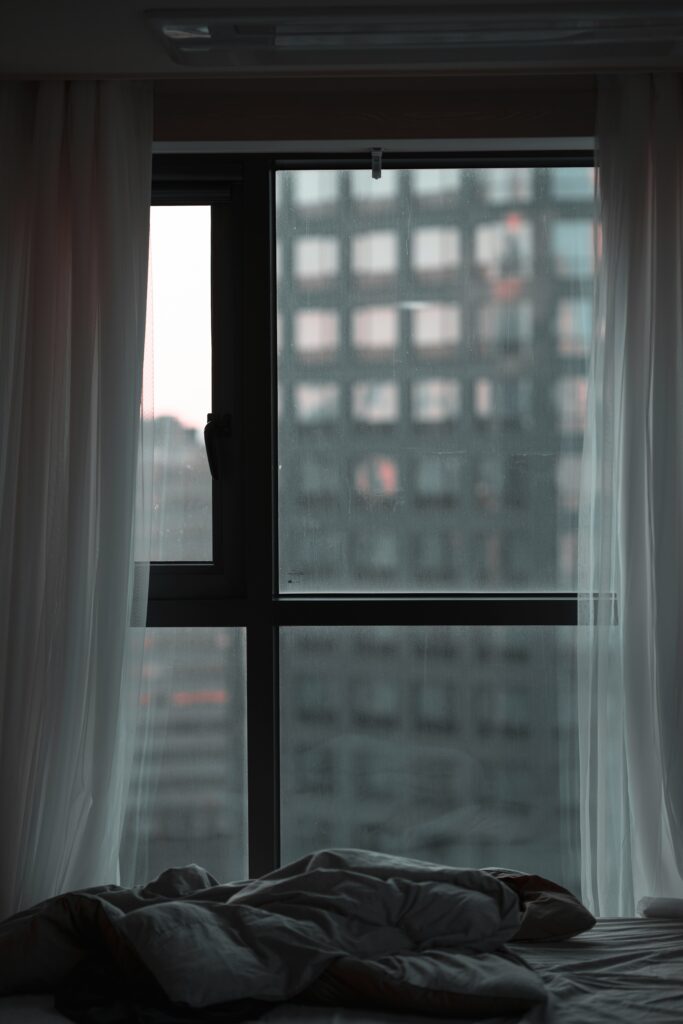
Heating the water
Water is another of the most wasted resources in the home on a daily basis. Heating water, for example, can in many cases represent a large consumption of energy. To change this, you can replace your old water heater with a water heater that incorporates an electric heat pump. This allows them to convert the ambient heat inside the home into hot water, which also reduces the use of air conditioning to lower the indoor temperature.
Another great solution is to install a solar water heater with a storage tank on the roof or other sunny outdoor area. These solar water heaters use no electricity and require very little maintenance.
Filtering water
In one year, On average, a person consumes 120 litres of bottled mineral water, but the average person consumes more than half a litre of bottled water.ccording to data from the National Association of Bottled Drinking Water Companies (Aneabe). If instead of consuming this water and generating the harmful waste of its packaging, you invest in a water filtering system, you will not only save money, but you will also be reducing the amount of plastic waste we produce at home.
Garden irrigation
If you are fortunate enough to have a garden at home, the traditional hoses and irrigation systems that are often used in the garden can be used to irrigate your garden. may consume excessive amounts of water. Therefore, to take care of your plants and crops, you can use a drip irrigation system which will be much more efficient and allow you to reduce your water consumption by 70%. These drip nozzles can be easily adjusted and replaced, so maintenance should not be a problem either.

Choose your plants wisely
Another key to a sustainable home is to fill the home with plant life. While all plants absorb carbon dioxide and release oxygen, some also absorb toxic chemicals in the air. With the right choice of houseplants we can filter out dangerous pollutants.
The first list of indoor plants that filter the air was published by NASA in 1989 and contained more than twenty-five different species that were used to clean the air in space stations. Such is the importance given to these companions of our home that every year, research continues to study their purifying effects on our environment. Here is a selection of the best of them:
- Dracaena (Dracaena marginata)
- Areca palm or bamboo (Dypsis lutescens)
- Gerbera or African daisy (Gerbera jamesonii)
- Common ivy (Hedera helix)
- Fern (Nephrolepsis exaltata 'Bostoniensis')
- Aglaonema modestum
- Butterfly orchid (Phalaenopsis)
- Philodendron
- Ribbons (Chlorophytum comosum)
- Peace Lily (Spathiphyllum 'Mauna Loa')
- Tiger tongue (Sansevieria trifasciata 'Laurentii')
- Gum tree (Ficus elastica)
- Azalea (Rhododendron simsii)
- Ficus benjamina
- Chrysanthemum morifolium (Chrysanthemum morifolium)
- Aloe vera (Aloe barbadensis)
Do not use toxics
Many of the products and articles in our homes contain and release toxic substances that can harm our health. These substances are present in building and decoration materials, insulation, paints, coatings, plastics, cleaning products, household pesticides, air fresheners, toiletries and personal hygiene products, tap water, foodstuffs... and other things in the home.
You can get a detailed guide on how you can have a toxic-free home thanks to a campaign by the Vivo Sano Foundation which has produced a free downloadable book about it.
[Article written by Social Design and published in The Beehive That Says Yes!].



